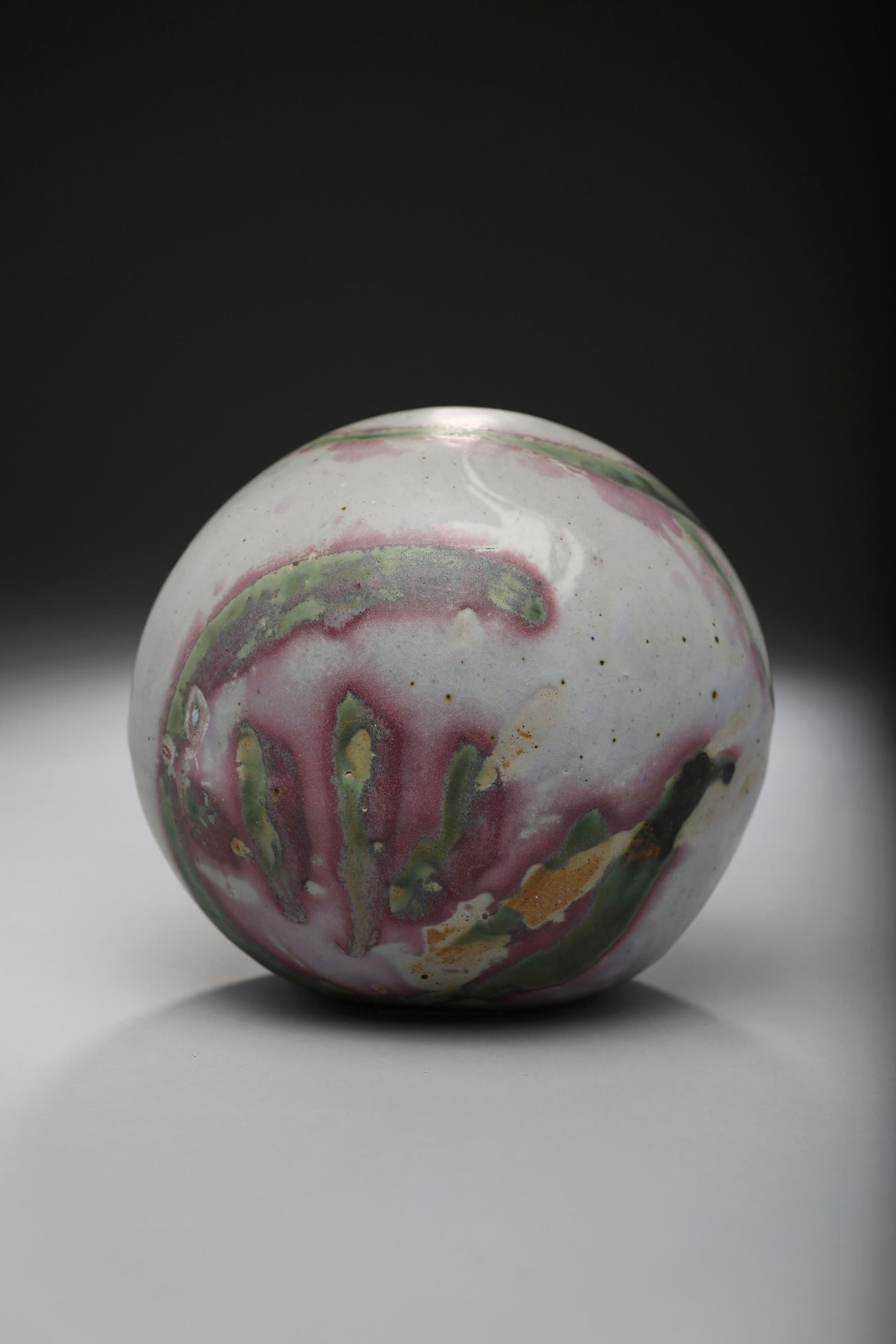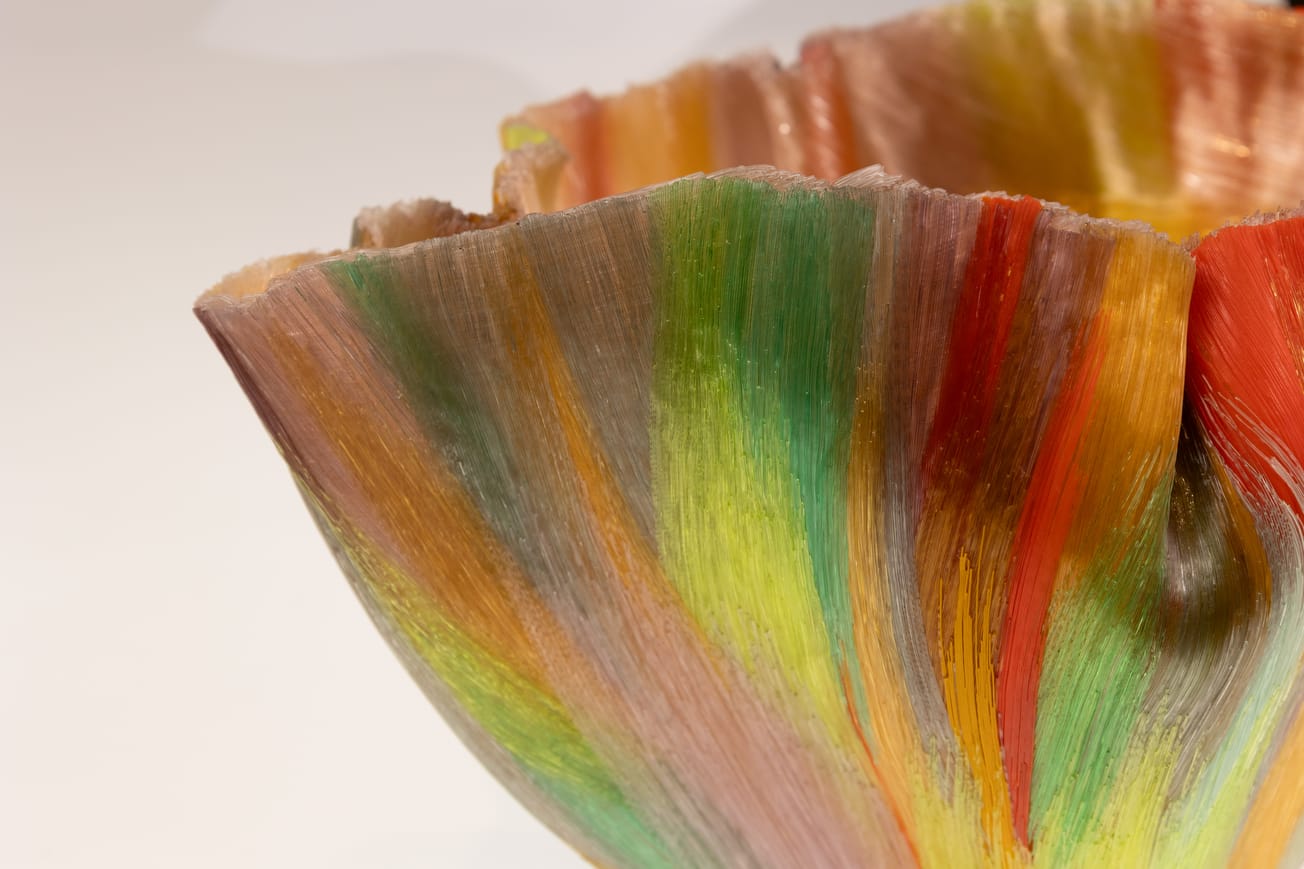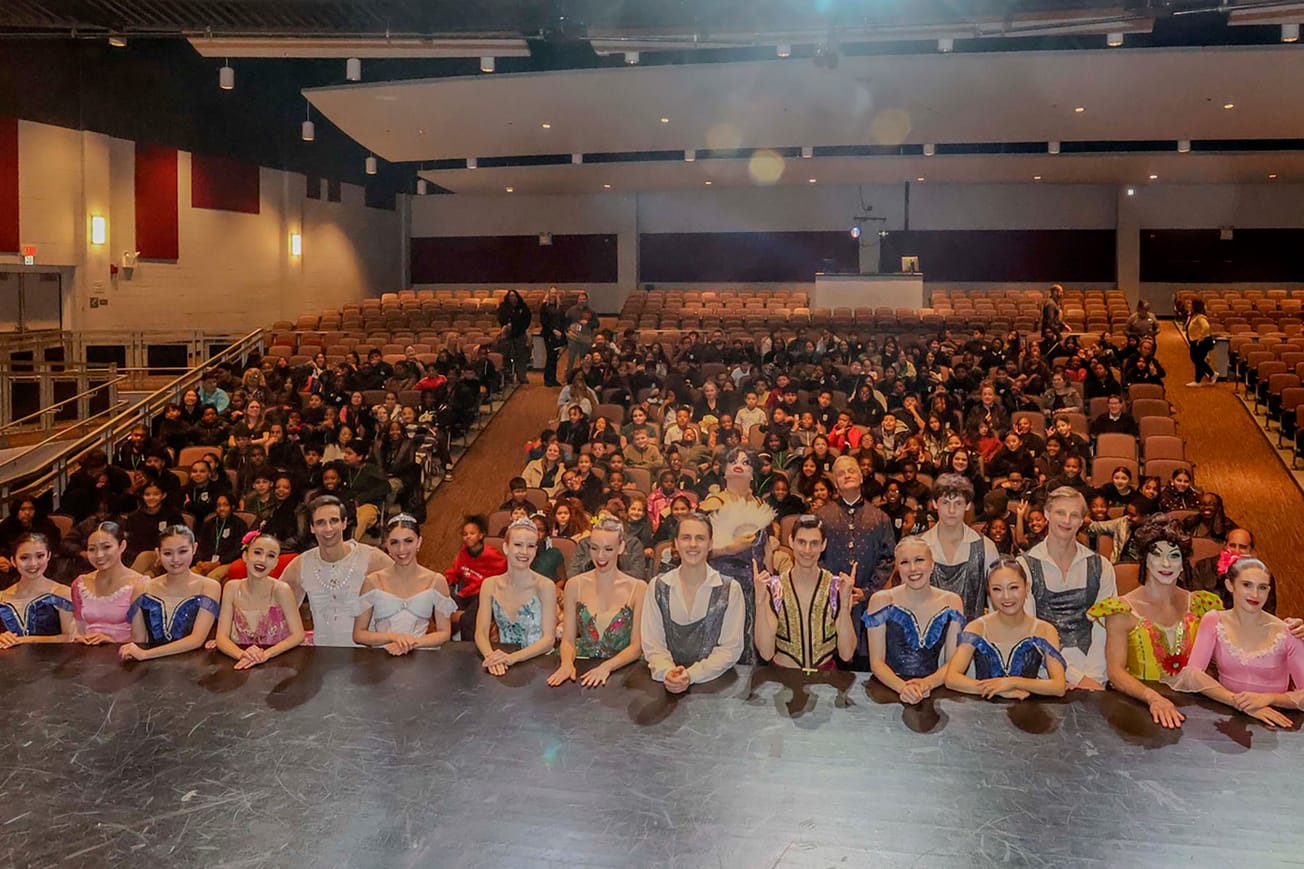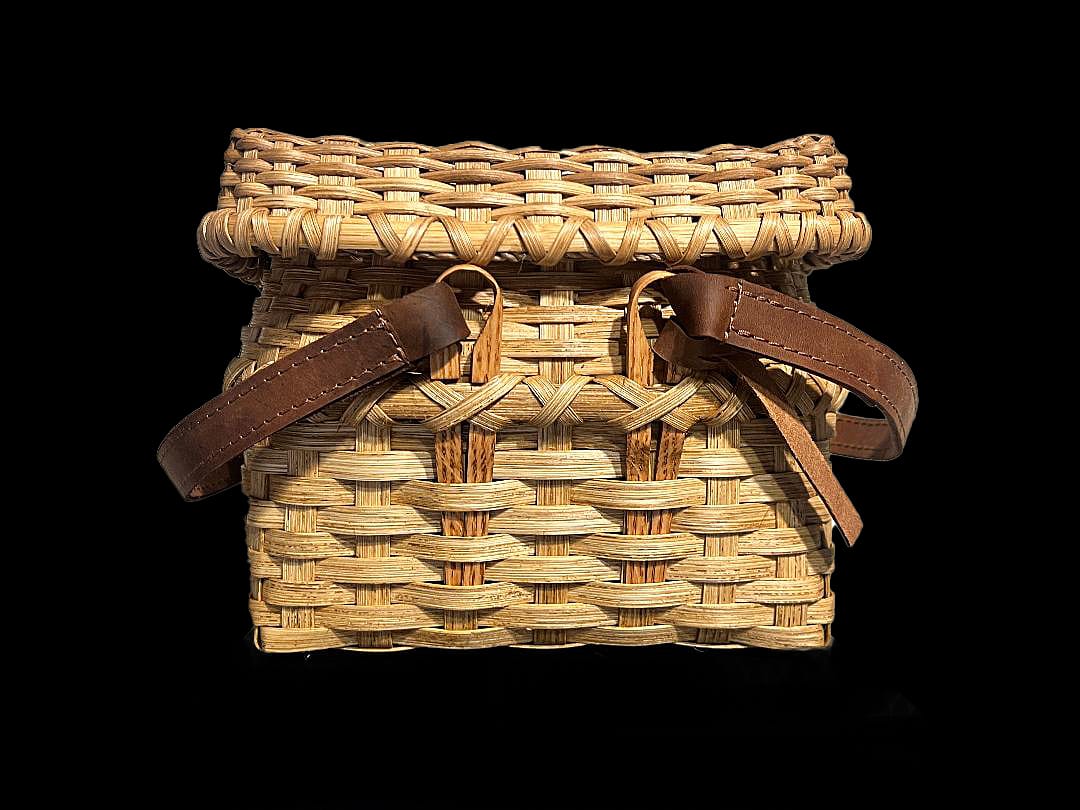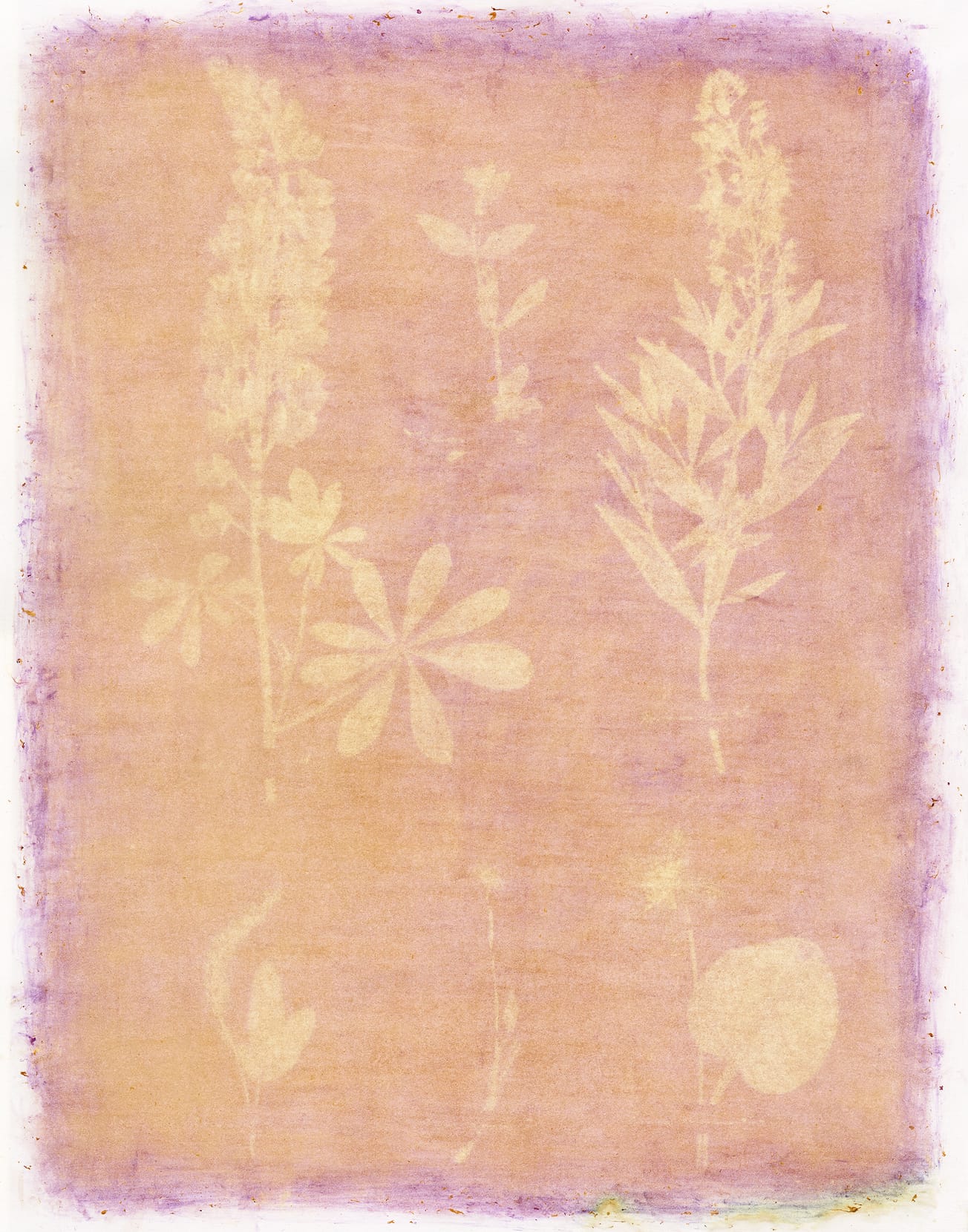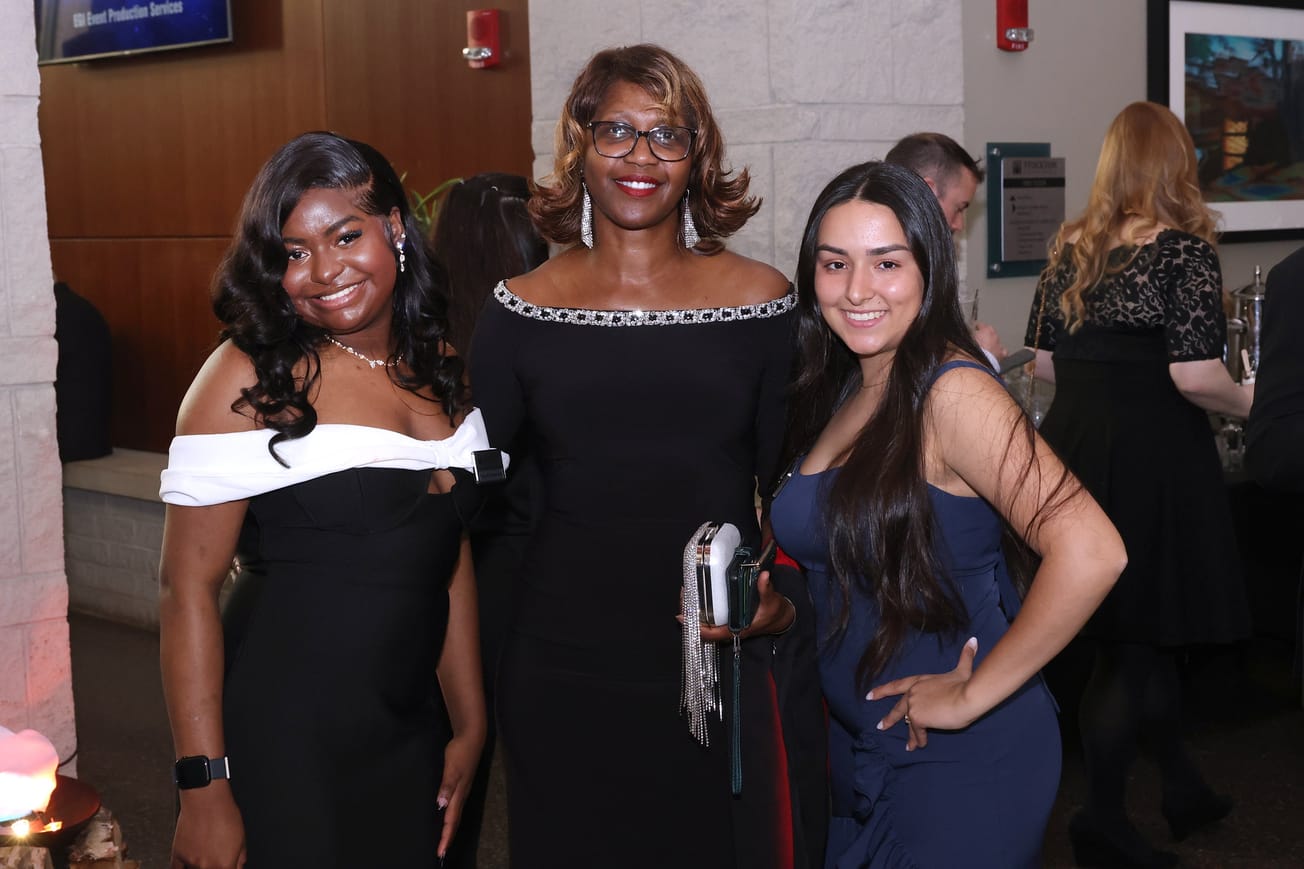By Michael Cagno
For more than 30 years, American artist Toshiko Takaezu (1922-2011) made her home in the tranquil village of Quakertown, New Jersey. Surrounded by lush vegetation and a large garden, her home and basement studio became an educational magnetic for artists. Born in Pepeekeo, Hawaii to Japanese immigrant parents, Toshiko was one of eleven children. Raised in a traditional Japanese household, she was instilled with traditional values that resonated throughout her career. Toshiko’s work has been exhibited around the world and placed in many decerning museum collections and is recognized by her signature “closed form” ceramics. Takaezu taught for 25 years at Princeton University, and for 35 years, she was an annual visiting artist at Skidmore College where she made her largest works. From her students, she shaped a generation of artists and selected many of her apprentices.
The impact of Toshiko Takaezu on the field of ceramics and contemporary art is well documented, yet her role as mentor, equally important to her, is too often overlooked. From the mid-1970s until the last year of her life, Takaezu chose one apprentice each year to live and work at her home and studio in Quakertown, New Jersey.
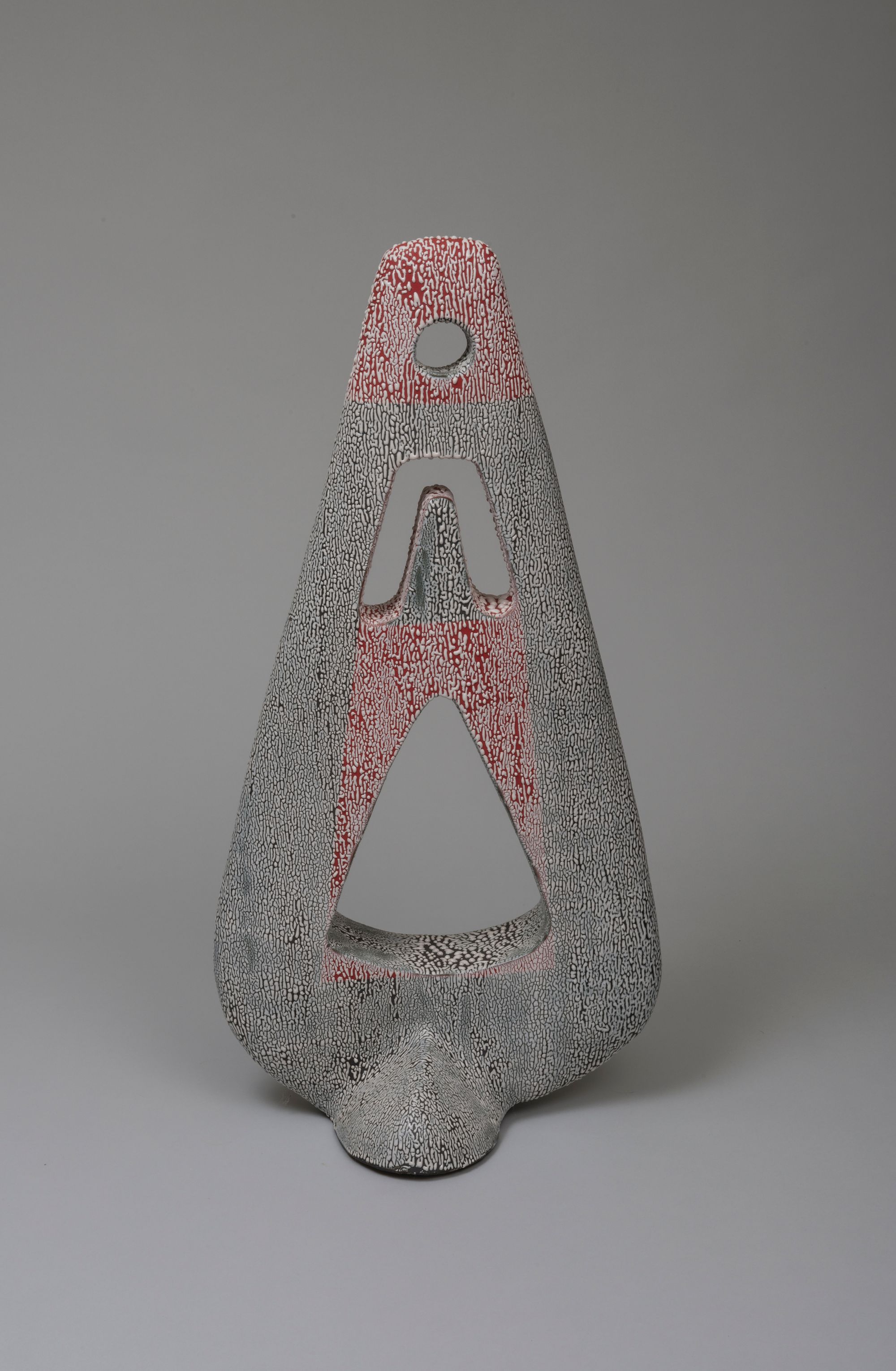
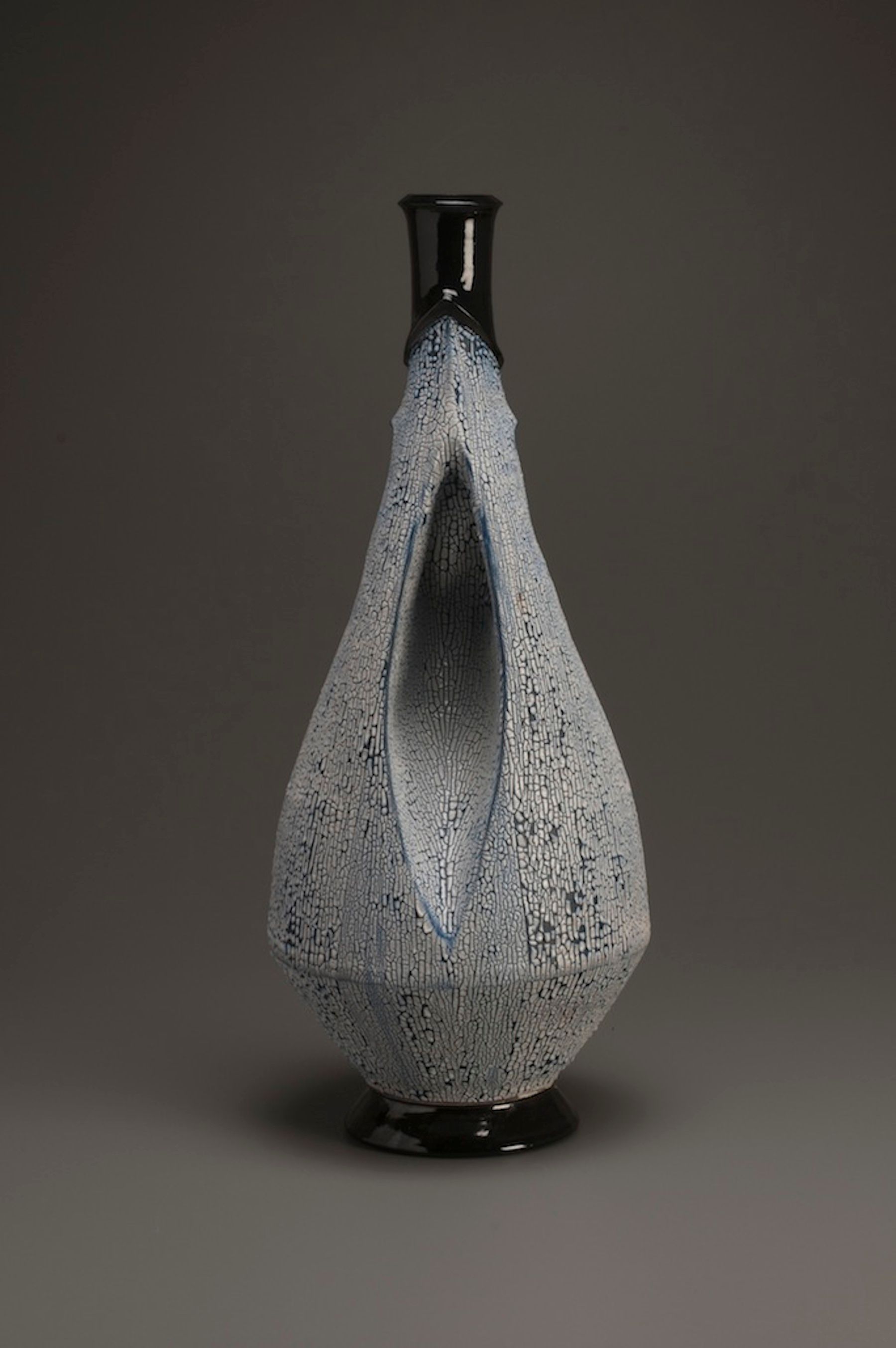
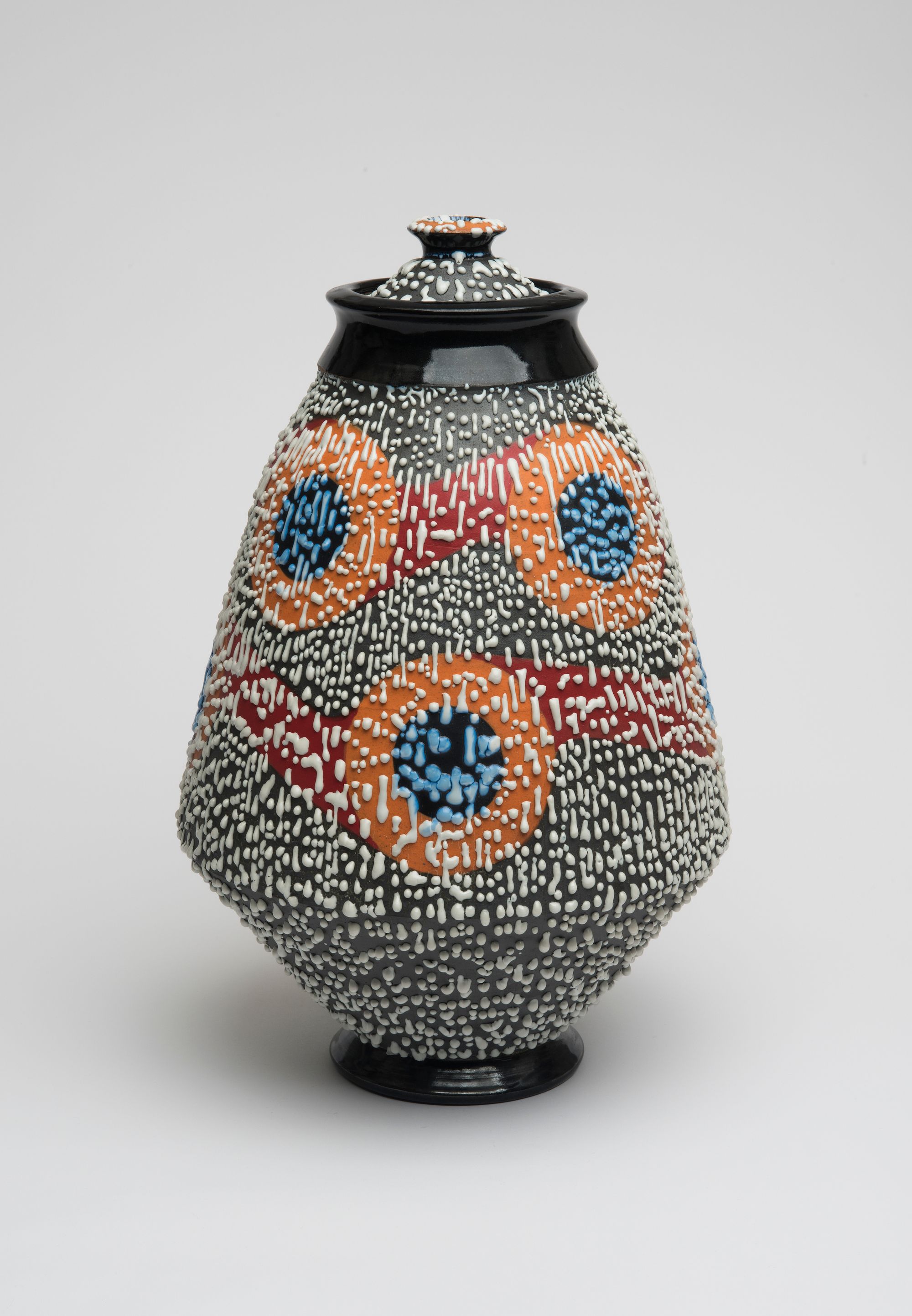
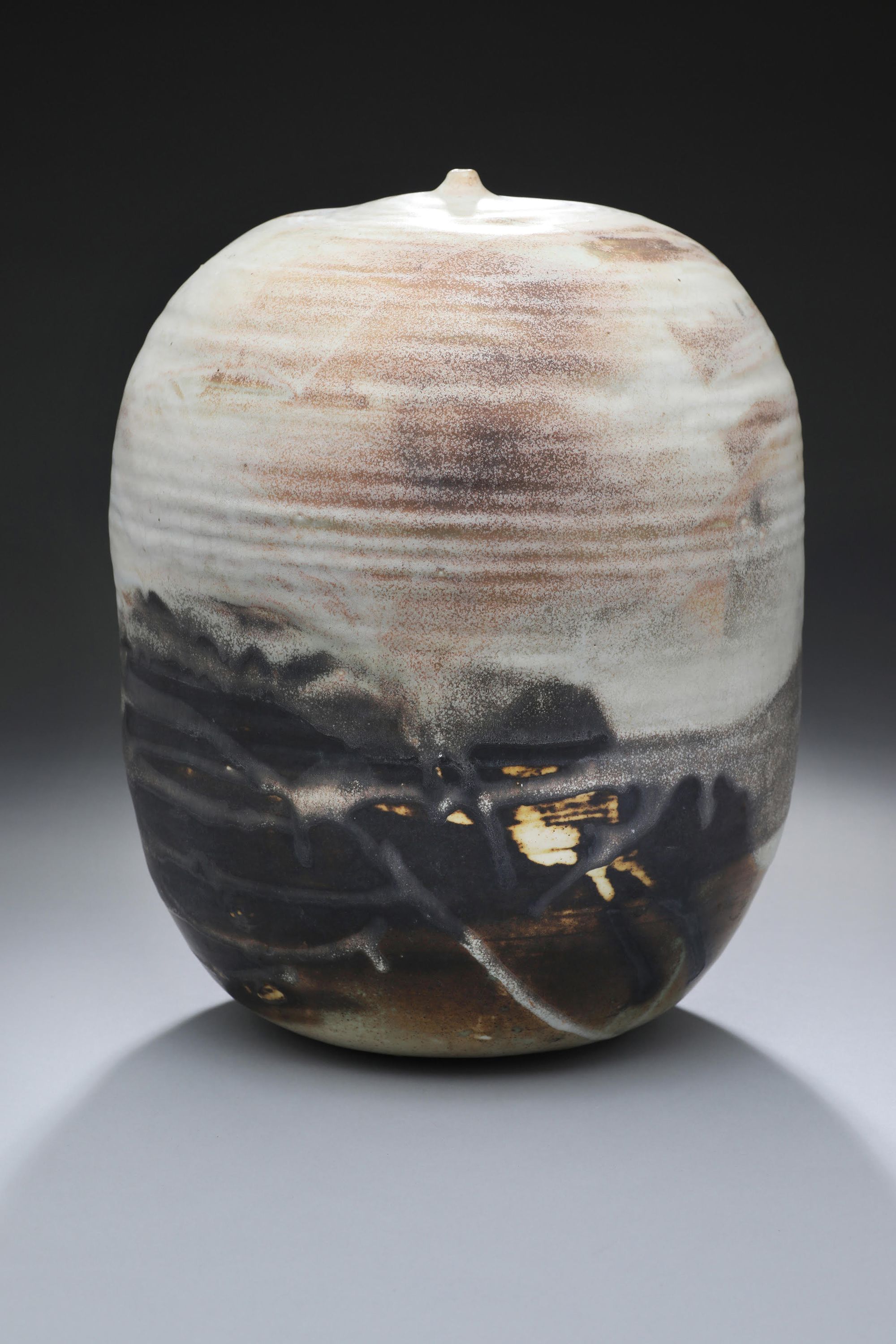
One of those apprentices making a statement in today’s South Jersey art scene is Skeffington Thomas. Skeff is a potter and ceramic artist, and Professor of Art on the faculty of Rowan University in Glassboro, NJ. After receiving a Bachelor of Arts degree from Lewis and Clark College, he worked as an apprentice for Toshiko. In the Takaezu studio and home, his art-making and daily life commingled happily with the garden, the kitchen, the university, the art community in the studio and beyond. Skeff aims to maintain this sensibility when creating objects for daily use as well as forms of a monumental scale. With simple, strong forms, covered by a luscious glaze, not only are fingers massaged by the surface, but also the hand and eye. The distinction between functional craft and sculptural art becomes blurred, and the viewer is intended to have an experience of a visceral nature.
His works include bottles, containers, and stelae. Thomas states, “I want my ceramic art to be seen and appreciated within the contemporary context of the vessel as sculptural form. Each morning as my fingers plays across the body of my coffee cup, and my lips are welcomed by the roundness of a rim, I am reminded about the subtle quality of form and surface that the ceramic arts provide. This sensibility can be maintained when we create objects for daily use as well as forms of a monumental scale. With these forms, covered by a luscious glaze, not only are your fingers massaged by the surface, but also your hand and eye. The distinction between functional craft and sculptural art is blurred, and the viewer/user is granted an experience of a visceral nature.”
Skeff Thomas has received the New Jersey State Council on the Arts Individual Artist Fellowships in 1999 and 2005 and First Prize in the Grand Prix de Ceramique, Casino Faienceries, Sarreguemines, France. Along with numerous national and international group exhibitions, Skeff has presented his work in 11 solo exhibitions with porcelain and stoneware artwork fired in his wood kiln on his property or in the kilns at the University. Skeff Thomas has juried numerous competitions including the 2010 Taiwan Ceramic Biennale and the New Jersey State Council on the Arts Annual exhibition at the Montclair Art Museum and the Noyes Museum of Art of Stockton University. He has presented workshops and demonstrations of his craft throughout the United States and has had work published in numerous sources.
Like Toshiko, Skeff embraces capturing the beauty of form. As a ceramic artist the exploration of form and surface is the root of expression with earth, air, fire, and water. Working with pattern, color and texture are ubiquitous in artistic expression, Skeff utilizes these visual elements to create visually and physically stimulating ceramic art objects.

